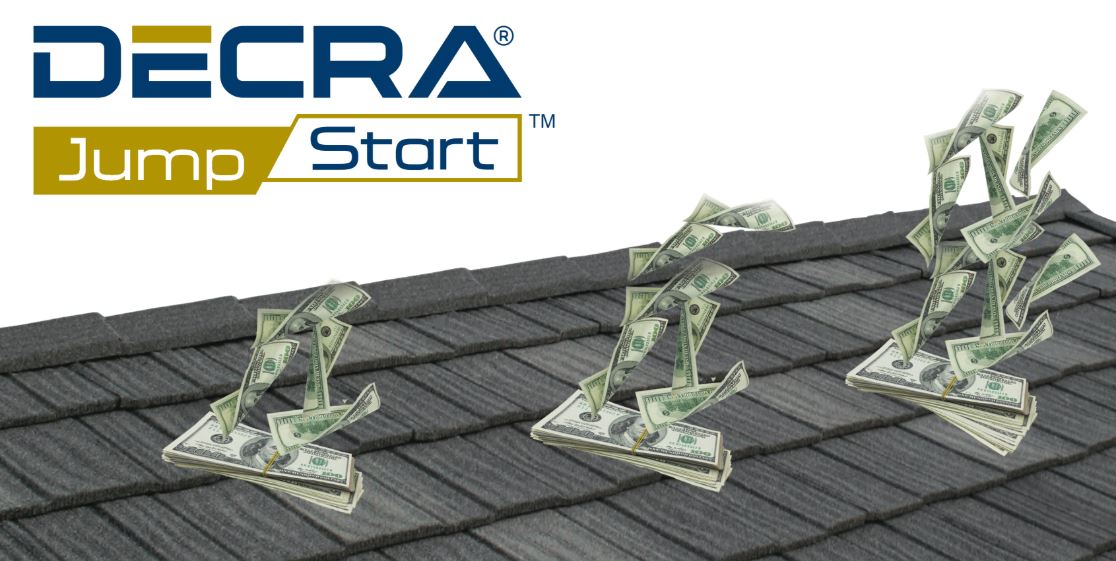A Crash Course on Sealants and Caulks

By Cass Jacoby.
All of the pros and cons of every kind of sealant and caulk.
While a tube of caulk is probably the last thing you think of when building out a roof package; great roofing contractors realize how important that tube of caulk is to prevent call backs.
It can be overwhelming to figure out what caulks and sealants are best for the job. The outside of the home has to be fully waterproofed, as well as capable of handling extreme temperatures and UV exposure. The contractor has a number of choices when it comes to picking the product for the job, so how do you pick the right one?
Each brand of caulk and sealant generally has its own special qualities, that is why, before you choose a product, you should think about why you are using it. What is the goal that you want to achieve with this caulk or sealant? Have you factored in location? Materials? Temperature? Moisture? Read on to learn more pros and cons of different sealants and caulks.
Standard (basic) urethane sealants
Pros:
-
Moderate pricing
-
Strong sticking powers
-
Can be painted, and there is no risk of streaking
Cons:
-
Limitations around modulus and long-term stability
Water-based caulks
Pros:
-
Easy to work with
-
Smooth, thin and consistent flow that makes it easy to apply
-
Quickly cures
-
Little odor
-
Easy clean up — just water
Cons:
-
High shrinkage
-
Poor elasticity
-
Poor UV performance
Silicone caulks and sealants
Silicone sealants are more expensive than urethane, and for good reason: they can last a long time and withstand high temperature environments. Another benefit is flexibility (very low modulus) and increased durability, which makes silicone sealants able to withstand UV exposure over time. However, silicone sealants aren't without their own set of challenges. For starters, they can't be painted and are prone to streaking, leaving residue on substrates.
Pros:
-
Good for interior or exterior areas, which will not be painted
-
Good for areas that will be exposed to extremely cold weather, certain metals and glass
Cons:
-
Silicone materials do not repair well (nothing wants to stick to cured silicone material, not even more silicone)
-
Poor paintability
Synthetic rubber sealant
Pros:
-
Great for areas with high movement and dissimilar materials
-
These materials can be painted and are designed for long-term exterior exposure
-
Less chance that the synthetic rubber bond will break during movement
Hybrid sealants
Hybrid sealants offer the best of both worlds.
Pros:
-
Easy to apply
-
Fast curing
-
Paintable
-
Low modulus
-
Durable
-
Great adhereability
With all the different types of caulks and sealants to choose from, it can be impractical to keep them all in your toolbox. Most contractors find that a hybrid sealant really is the most universal choice for their roofing and waterproofing jobs.
Advancing technology combined with years of experience behind the development and manufacture of the product makes MasterSeal NP100 one of the most popular sealants that contractors keep on hand.
It is truly a high performance, one-component, non-sag, hybrid sealant with excellent movement capability that adheres tenaciously to a wide variety of substrates, resulting in a long-term bonds. It's very versatile and easy to use, making it ideal for both new construction and restoration projects.
Learn more about Master Builders Solutions in their RoofersCoffeeShop® Directory or visit www.master-builders-solutions.com.






















Comments
Leave a Reply
Have an account? Login to leave a comment!
Sign In